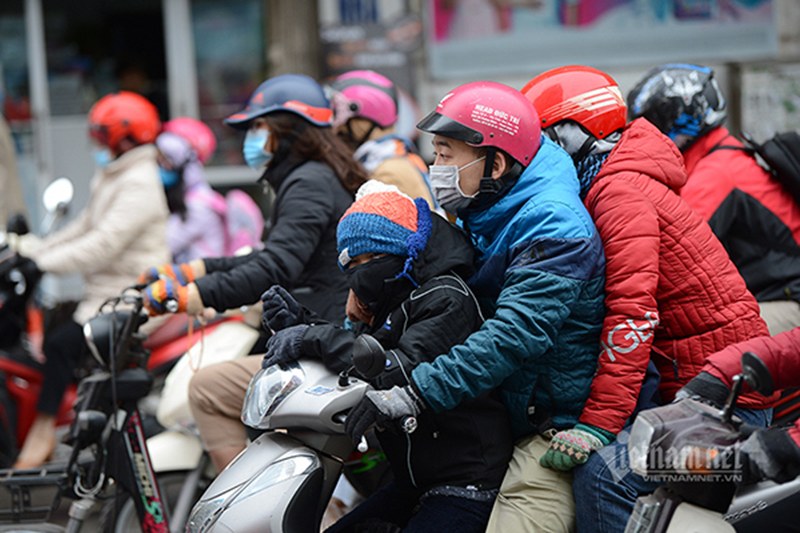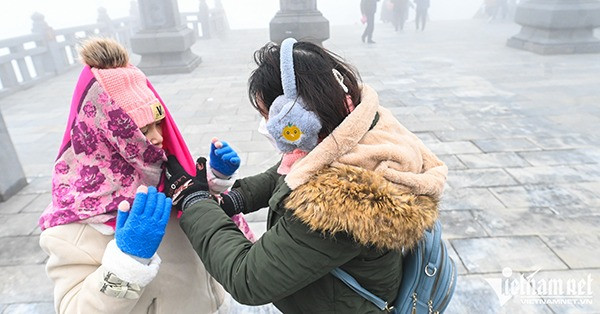During cold spells, children are particularly vulnerable. ThS. Vu Cong Thang, a lecturer at Phenika University, shares 5 tips on how to properly care for and keep your child warm to prevent them from catching a cold or having a runny nose.
Layering Clothes
When dressing your child, opt for thin, breathable garments. Instead of bundling them up in thick clothing, layer a few lighter pieces. For instance, you can dress your child in a comfortable, absorbent long-sleeved shirt, followed by a layer of wool and a puffer jacket. Dressing them in too many layers can make them uncomfortable, hot, and sweaty.

Warm but Not Damp Living Space
During cold seasons, many families tend to keep their doors closed to retain warmth, but this can lead to dampness and provide an ideal environment for bacteria to thrive. Therefore, open your doors and windows for a certain period to let in sunlight and improve air circulation. Alternatively, you can use heaters, dehumidifiers, and air purifiers to maintain a comfortable and healthy indoor environment.
Stay Hydrated
In cold weather, you may not feel as thirsty, but your body still needs adequate hydration. Drinking enough water helps regulate body temperature and supports your child’s immune system. So, remind your child to drink enough warm water throughout the day.
Adjust Bathing Time
During winter, bathe your child with warm water, and keep the duration brief. It’s best to bathe them earlier in the day to prevent them from catching a cold. After bathing, remember to moisturize your child’s skin.
Nutrition
Ensure your child’s diet includes a balanced mix of protein, fats, carbohydrates, and fiber to boost their immune system. Soups and certain foods can help keep your child’s body warm.

For adults, here are some tips to combat the bitter cold and maintain a healthy body:
– Drink ginger tea with honey, cinnamon tea, etc. in the morning.
– If you have to work outdoors, keep your ears, neck, hands, and feet warm. You can also use heat pads.
– Soak your feet in a basin of warm water with crushed ginger and a pinch of salt before bed to regulate your qi and keep your body warm.
– Engage in regular exercise or light physical activities to generate body heat.
– Maintain a nutritious diet rich in protein and spicy ingredients like ginger, cinnamon, garlic, and onions.
– Avoid drinking cold beverages and alcoholic drinks.




































